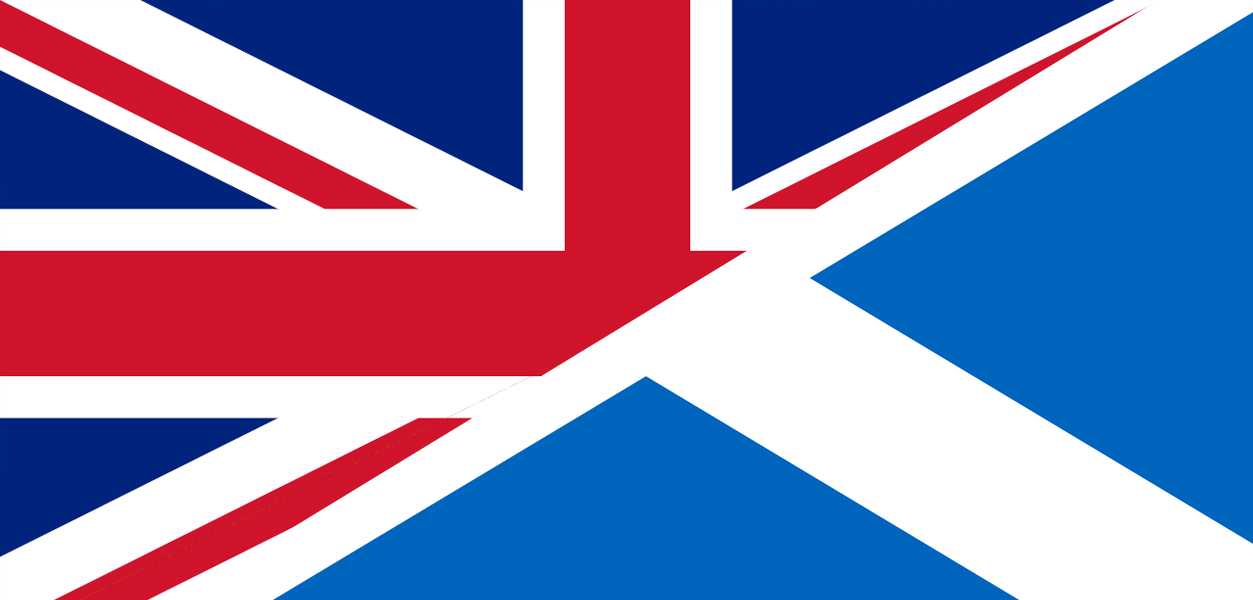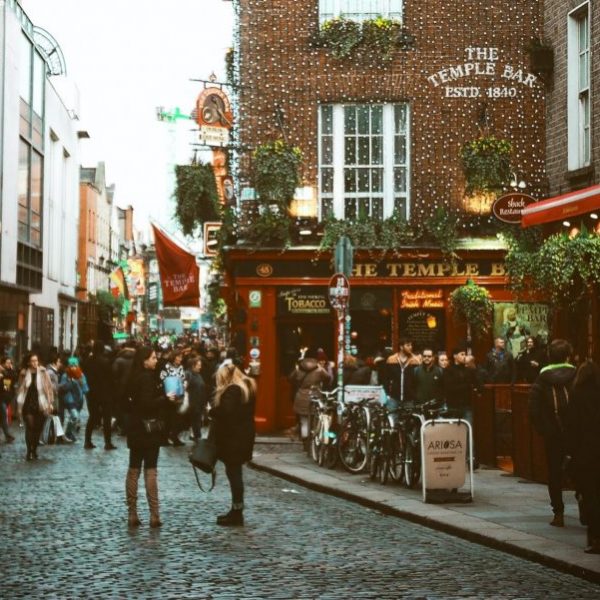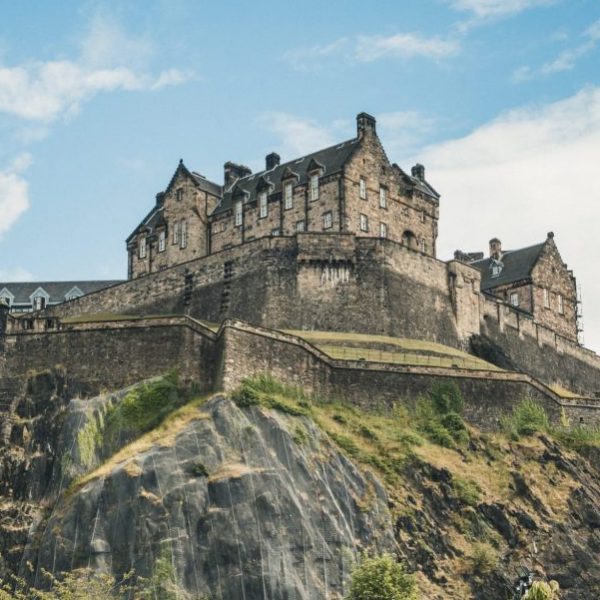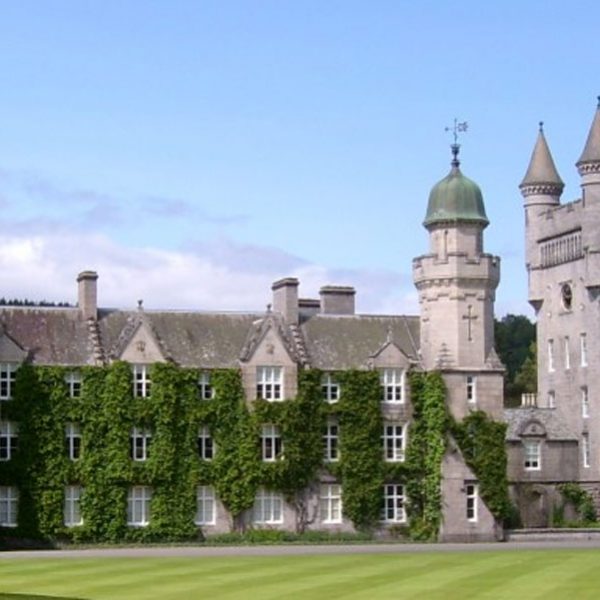After Bannockburn—After the Referendum: Robert the Bruce and the difficulties of Settlement
Michael Penman—
Scotland’s medieval icons William Wallace and Robert the Bruce and their military encounters with England only occasionally reared their heads during the party leaders’ recent campaigning for and against Scottish independence. In January 2012, former Scottish Secretary and Stirling MP, Michael Forsyth, charged that SNP leader and Scottish First Minister, Alex Salmond, probably preferred June 24, 2014, the seven hundredth anniversary of the battle of Bannockburn, as the date for the referendum vote—so as best to exploit “centuries old grievances and romantic mythology.” September 11 was in fact at first proposed with the Unionists and the press rounding on the SNP’s choice of the anniversary of Wallace’s victory at Stirling Bridge in 1297 in an attempt to allegedly launch a “second war” for Independence (even though the 1997 Yes-Yes Devolution referendum, which embraced many Unionist parties, had also been held on that date).
Thus September 18, 2014 was a compromise choice for the “Yes-No?” vote. But this was not enough to stop former Conservative Prime Minister, John Major, from criticizing what he saw as Alex Salmond’s stoking of “anti-English sentiment” through proximity to the Bannockburn anniversary, allegedly detracting from commemoration of historic “British” military events like the anniversaries of the D-Day landings and the outbreak of World War One. Yet Unionist Ministers also played this game. The scheduling of rival events thus led to a very uncomfortable handshake between Mr. Salmond and Prime Minister David Cameron at British Armed Services Day, held in Stirling on Saturday, June 28, 2014, clashing with the same weekend’s plans for the festival of Bannockburn Live! And just a couple of days later the Queen and PM hosted the launch of the British Navy’s newest aircraft carrier, Elizabeth, at Rosyth docks (in the constituency of former Labour PM and reinvigorated Union-campaigner, Gordon Brown). Then, almost at the death, on September 8, Mr. Salmond invoked the famous Bruce-era “Declaration of Arbroath” of 1320—a pithy statement of Scottish sovereignty sent to the Papacy in the name of Scotland’s nobility— and offered the Scottish people a “Declaration of Opportunity” with promises on the NHS, welfare, social justice, and the right “[to] choose a government to protect their interests.” In response, Unionist commentators only nibbled a bit at this bait, gently poo-pooing such “harking back to a very different world” as the fourteenth century, and then returned to contemporary policy rhetoric. This then was but a mere faint echo of the use which all parties had made of the Declaration of Arbroath as a touchstone of patriotism and political idealism during the 1997 Yes-Yes Devolution campaigns (with Sean Connery’s broadcast for the SNP deploying history from “Sheven Shenturies Ago…”).
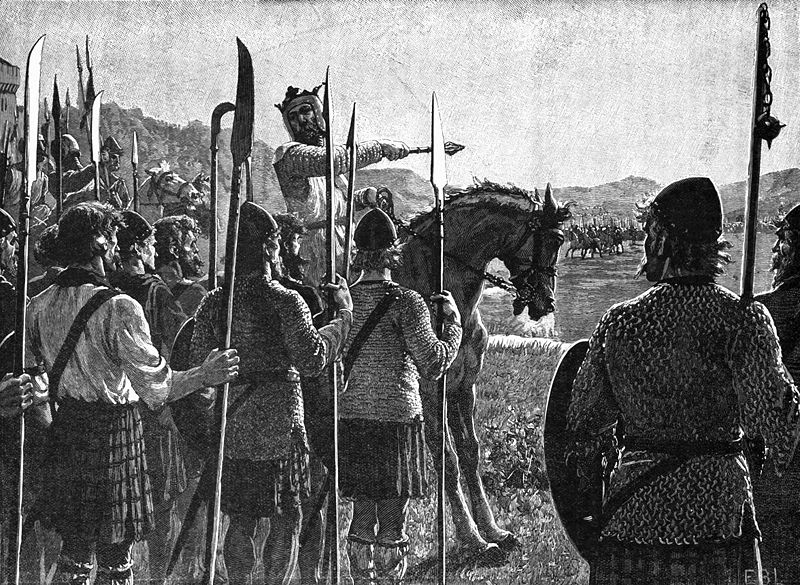
Bannockburn: Bruce Reviewing His Troops Before the Battle via Wikimedia Commons
Admittedly, it is surely a positive that in 2014 all parties made a conscious effort of restraint not to mangle centuries-past historical events and figures in their efforts to persuade (with the SNP in particular having moved away after 1997 from such ploys as annual Bannockburn rallies calling for an Independence vote). But with the votes now cast and counted and 55% of the Scottish electorate in favor of retaining Scotland’s place in the Union in some form, the history of Robert Bruce’s reign might again be (cautiously) instructive. For after his triumph at Bannockburn, King Robert had to oversee a resettlement of lands and offices and to win back the territory and hearts-and-minds of several Scottish lordships, towns and regions still in English control or sympathy. The first parliament he called to do this after the battle, in November 1314 at Cambuskenneth Abbey outside Stirling (just a few miles from the battlefield), was by no means an easy affair. As much as the king and his ministers with their battle-mandate may have sought to control that assembly and its agenda, there is evidence of difficult debate on a number of issues: forfeiture of past opponents, lobbying for new lands and offices for supporters, a need to tidy and modernize Scotland’s laws, to rebuild her economy, and settle the royal succession.
This may have been a gathering which Robert sought to use for reconciliation and to avoid any mood of triumphalism and vindictiveness against both his Scottish and English opponents. Indeed, the assembly may have opened by marking All Souls day (November 2) with a procession and mass for the dead, remembering some of those who had fallen on both sides at Bannockburn. It is clear, too, that the key decision of this parliament—an act of November 6 to now forfeit those holders of Scottish lands who remained outside Robert’s peace—was a highly contentious issue for all concerned: the parliamentary record states that “it was finally agreed, adjudged and decreed by the counsel and assent” of the king and his subjects that these individuals should now be disinherited “although they had been often summoned and lawfully expected.”
Nevertheless, it is very telling that such was Robert’s continued need to win support and stabilize his regime that some key individuals still in English allegiance had their forfeiture further delayed, allowing them more time to submit to Bruce. Moreover, although the Bruce government clearly tried to tread carefully in this regard, upheaval and disfavor to past opponents was unavoidable. By 1318 this had provoked a crisis. With his last surviving brother killed in battle in Ireland and only an infant grandson as his heir, Robert was vulnerable and there was growing disquiet about his landed favor to key supporters. An emergency parliament called to Scone in December that year may have been an even more fractious, tense affair with uncomfortable questions and contingencies over patronage, the succession and law reform. Despite the royal regime’s attempts in this parliament to use statute to gag those spreading rumors about a rift between king and subjects there was clearly a substantial plot underway against Bruce, led by former Scottish opponents and in favor of Edward Balliol, a vassal-claimant of the Scottish throne then in Edward II’s court and pay. In 1320 this erupted as the so-called “Soules Conspiracy” with Bruce’s “Black Parliament” condemning those implicated in this sedition and his supporters moving to hunt them down throughout the realm.
So the great medieval turning point of Bannockburn heralded a rocky, often bitter period of settlement with quite partisan outcomes. The political and popular response in the wake of the majority “No” vote in 2014 will also surely be challenging and compelling.
Michael Penman is Senior Lecturer in History at the University of Stirling and co-author of England and Scotland in the Fourteenth Century: New Perspectives. His most recent book is Robert the Bruce: King of the Scots.

